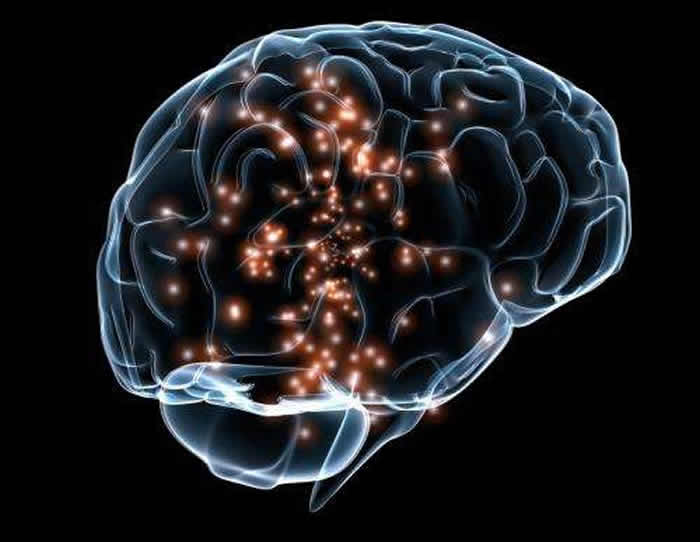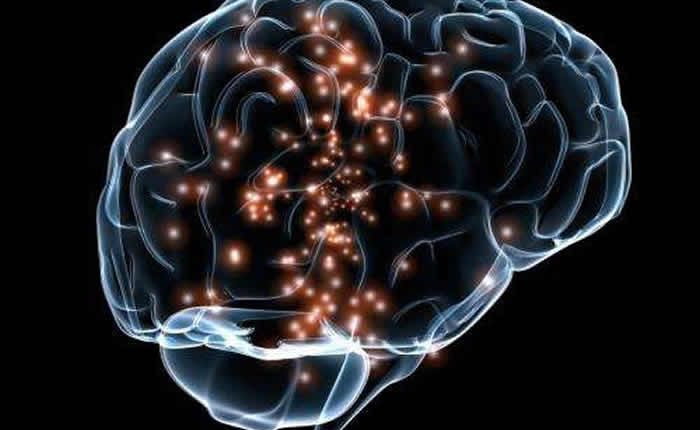What came first- the decision or the movement?
Your brain is an incredible organ, and is constantly making decisions about your movement. Whether you are navigating a route to work, or browsing through some produce at the grocery store, the little guy is continuously at work.
Should I cross the street now or at the intersection? Should I reach for the red apple or the green apple?
When you’re presented with two options, your brain’s motor neurons prep for both possibilities before you’ve decided which action to take, say researchers in a study published in the journal Cell Reports.

The study’s co-author Jason Gallivan, a neuroscientist at Queen’s University in Ontario, Canada, said: “The brain is continuously translating visual targets into actions that can be performed on those targets. Even outside your conscious awareness, your motor system appears to always be operating in the background, coming up with these potential actions.”
For example, imagine a hockey forward speeding across the ice towards the goal. As the forward approaches, he must dodge the other team’s defense and find an opening to shoot the puck past the goalie. The forward sees two openings. Within a split second, neurons in the hockey player’s motor cortex fire and encode the muscle commands needed to take both of the two possible shots.
Both plans of attack are primed and ready to go. The forward decides on one target, but suddenly, one of the other team’s defenders appears out of nowhere, blocking the shot. Without missing a beat, the forward’s sensorimotor system pivots to the already-encoded plan B. He takes the shot.
“Because you’ve already specified these two plans in the brain, you can readily switch between and implement each one more quickly if you need to,” said Gallivan. “This makes your reaction time quicker. So if the goalie were to move one way or the other, you could more quickly launch the alternative plan.”
Neuroscientists have long debated which comes first- the chicken or the egg, no – the decision about which target to act on or the movement plan. Although previous studies have shown activations for multiple potential targets in the sensorimotor regions of the brain, this activity could either encode the visual locations of the targets or the motor plans required to act on the targets.
On a hockey rink (and in everyday life), motor decisions happen so fast that it’s proved extremely difficult to disentangle these two processes.
However, Gallivan and his colleagues devised a task that separated visual targets from the movements needed to reach them. In the experiment, 16 volunteers were asked to steer a cursor towards one of two targets, but the catch was that they had to start the movement before finding out which of the two targets they’d have to pick.
Gallivan said: “When you’re forced to launch an action without knowing which target is going to be selected, people simply launch actions that are right down the middle, between the targets.”
The question was: Was the motor cortex averaging the distance between targets or splitting the difference between two potential movement plans?
Unbeknownst to the volunteers, there was a critical hidden feature to the task. At first, the position of the cursor matched the position of the hand exactly, but with each repetition of the task, the cursor slipped a little bit more out of sync with the controller.
Because the change was so gradual and because the controller was covered so that the volunteers couldn’t see their hand, people unconsciously compensated for the controller-cursor mismatch by appropriately altering their hand movement.
By the end of the experiment, the difference between the movement path needed to reach the target and the trajectory of the cursor on the screen was 30°.
When the researchers analyzed the data, they found that the volunteers’ ‘down the middle’ hand movements were the average of the movement paths needed to reach the two potential targets, not the average between the two target positions on the screen.
“The faithful relationship between the two really surprised us,” said Gallivan. “The spatial averaging behavior is not strategic or deliberate, and it’s not linked to target locations.”
This finding supports the idea that the brain perceives the world as a series of possible actions and objects to interact with. Having immediately available backup plans likely has tangible benefits, but researchers are still looking into what those benefits are. Gallivan’s lab also plans to follow up with fMRI studies to see what motor encoding looks like in the brain.
More information: MedicalXpress

